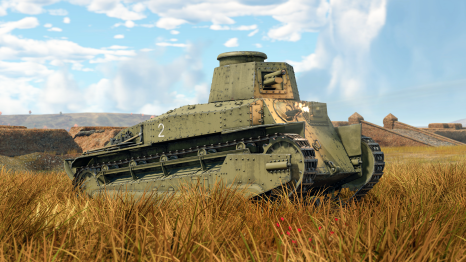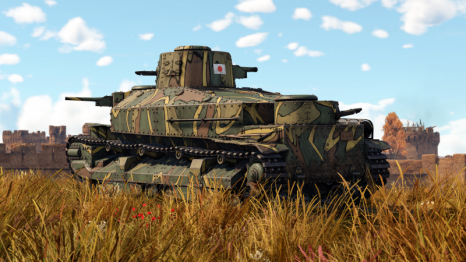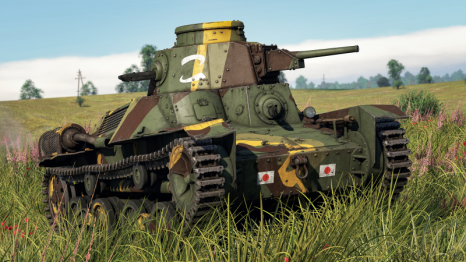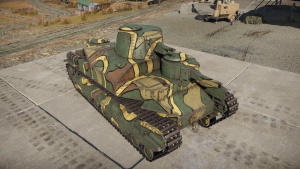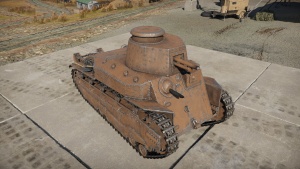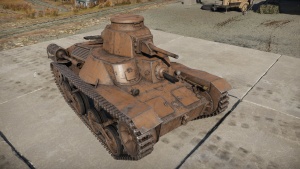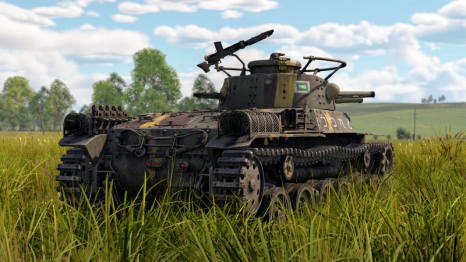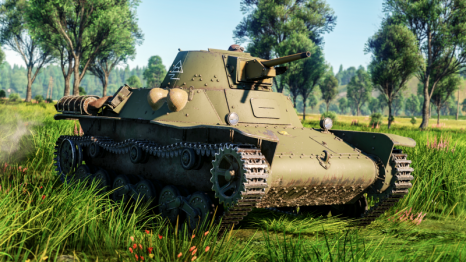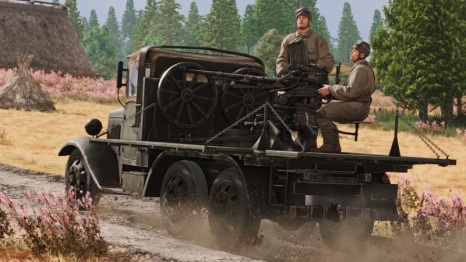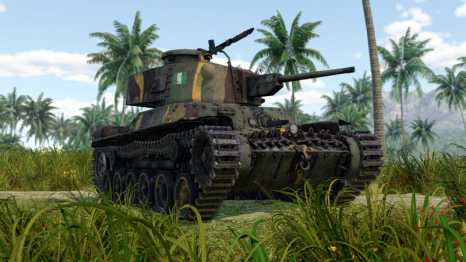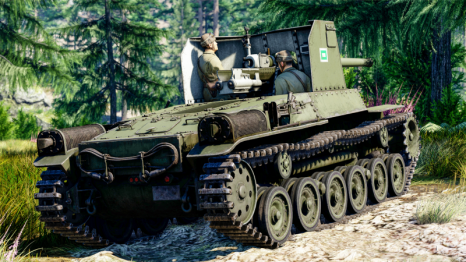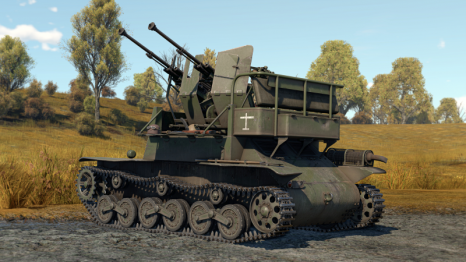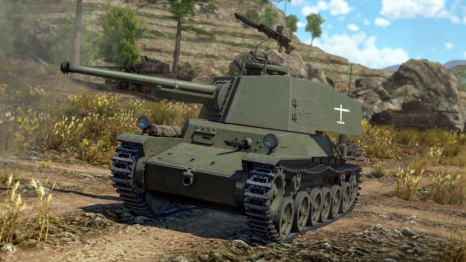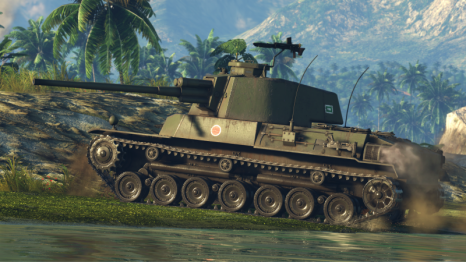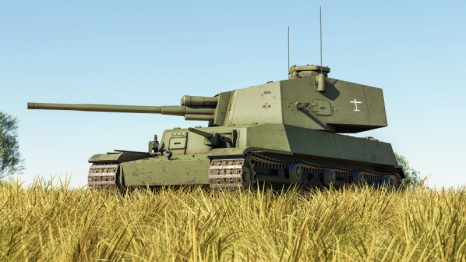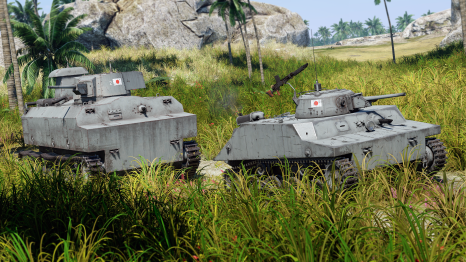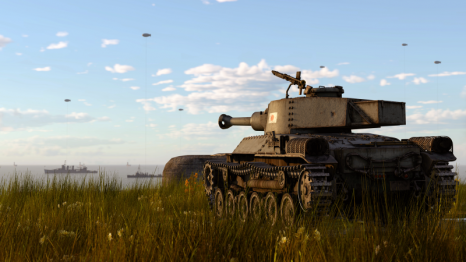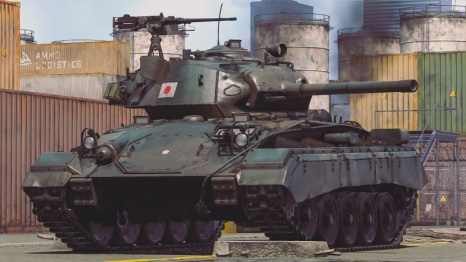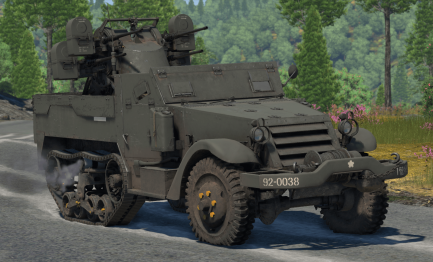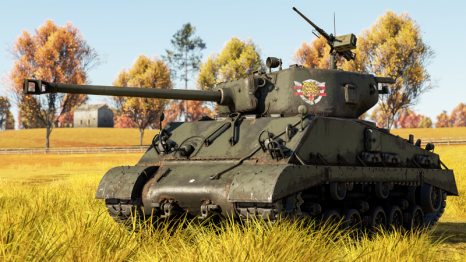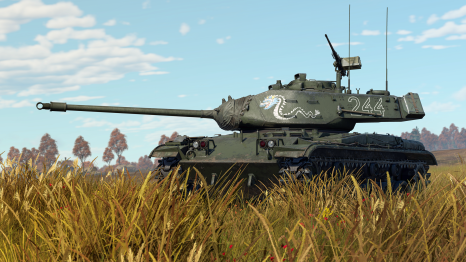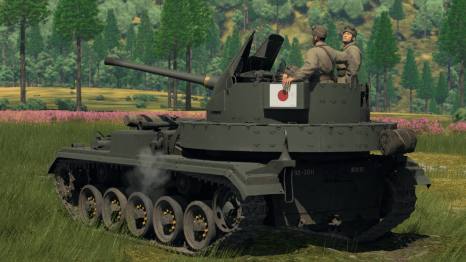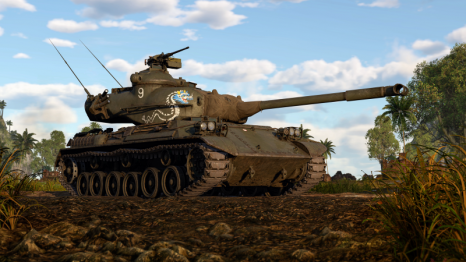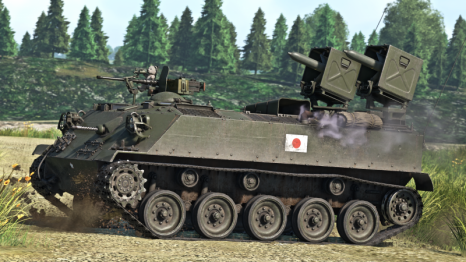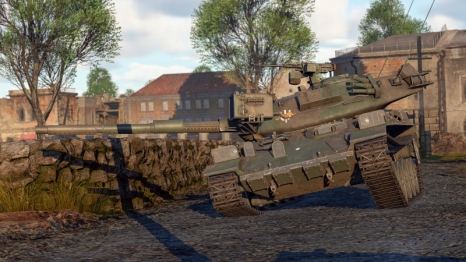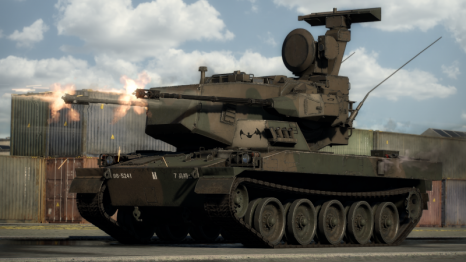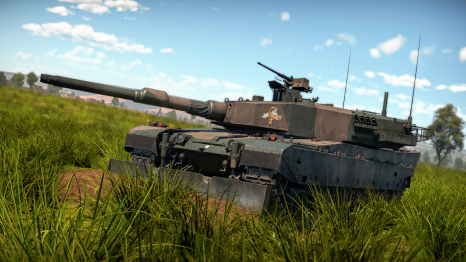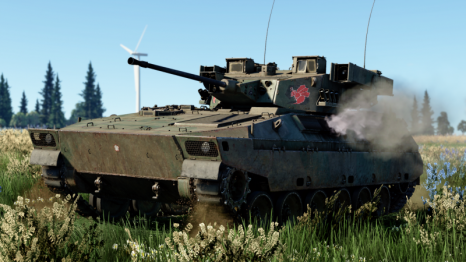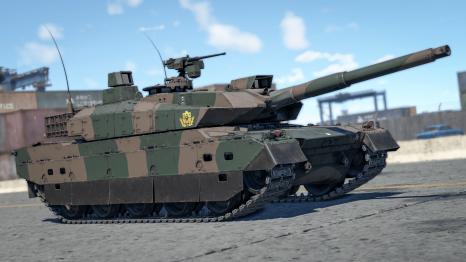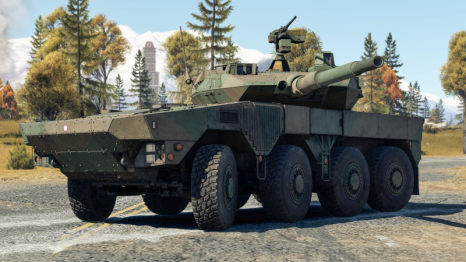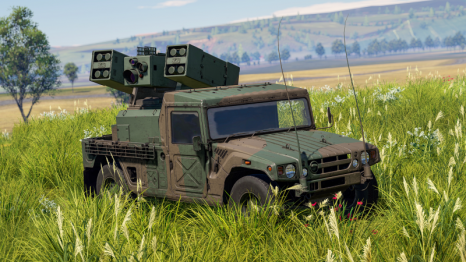Japanese Ground Vehicle History
| Writing in process... This article is being edited by the member Shimakaze (talk) 01:22, 15 April 2024 (UTC) (start date). Other participants are requested to not make any changes while this warning is here. |
- General proofreading, editing and information additions are fine by me, removal is discouraged. --Shimakaze (talk)
Contents
Historic Overview
Interwar
Type 89 I-Go (Late), 1929
Type 95 Ro-Go, 1935
Type 95 Ha-Go, 1935
After World War 1 ended, Japan followed suit to the new development of tanks after their own attempts at mechanizing their cavalry with armoured car experiments, which didn't suit the poor roads and extreme winter conditions in Manchuria. The Japanese Army therefore bought the following vehicles from their then Allied nations to kickstart Japanese tank development; one British Heavy Mk. IV (Female), several Medium Mk. A "Whippet" and a dozen French Renault "FT"s
| Imported tanks (1917-1930) | |||||
|---|---|---|---|---|---|
| Origin | Vehicle | Amount | Year Developed |
Japanese Introduction | |
| |
Mark IV Heavy Tank | 1 | 1917 | 1918 | |
| |
Mark A Medium Tank, Whippet | 3-6* | 1917 | 1919 | |
| |
Renault "FT" Light Tank | 20* | 1917 | 1919 | |
| |
Saint-Chamond mod. 1921 | 1 | 1921 | 1924 | |
| |
Mark C Medium Tank, Vickers Mk III | 1 | 1921 | 1927 | |
| |
Fiat 3000 | 2 | 1921 | 1928 | |
| |
Renault "NC" Light Tank | 23 | 1927 | 1930 | |
| |
Mark E Light Tank, Vickers 6 ton | 1 | 1928 | 1930 | |
| |
Mark VIb Tankette, Carden Loyd Tankette | 2+6 | 1927 | 1930 | |
| Note About "Chi-I" (Prototype No.1) and "Chi-Ro" (I-Go):
While internally these vehicles were retroactively counted into the Japanese IRoHa tank naming* (chi-I, chi-RO, chi-HA, ...) these never were actually referred to as Chi-I and Chi-Ro*. Prototype No.1 & No.2 (Type 91 Heavy) were never adopted for service, and never got a "proper name / designation", the I-Go was the first adopted tank and was named under the short lived "X-Go" naming, also going of the IRoHa, with the scheme simply translating to "Xth - Tank": I-go = 1st Tank, RO-go = 2nd Tank, HA-go = 3rd Tank
|
The Army Technology Headquarters approved the development of a domestic tank, spearheaded by Tomio Hara, a young Japanese officer who after plenty of tank studies and advocation for Japanese tank development would become the father of many Japanese tank designs and principals. His and domestically first Japanese tank eventually resulted into, simply known as, the 試製一号戦車 (Prototype Tank No.1) often referred to as the Type 87 Chi-I which was developed under a tight deadline. With most of the struggles not coming from designing the tank itself, the Japanese industry simply didn't have the tools or manufacturing set-up for tank development, with the Army opting to utilize the Osaka Arsenal (State Weapons Factory) instead of the then new and fragile Automotive industry which meant all parts had to be precisely crafted with 10,000s of blueprints drawn up for everything together. With the prototype finished by February, 1927, just a month short of its 22 month deadline to March, the tank was tested at famous Fuji training range by June 21. After civilians and military personnel alike watching the First Japanese tank in motion, tests concluded that it was far superior over its Western imports in both handling, firepower and easy operation and established a confidence in domestic tank design.
While the first Japanese tank reinforced the development and research into domestic tanks, the prototype was far too heavy at 18 tonnes at a requested of 12 tonnes, and prompted Tomio back to the drawing board for a lighter main tank at around 10 tonnes, with development inspired by the 1927 British imported Vickers Medium Mk.C (Export Vicker Medium Mk.III, not to be confused with the Medium Mk.C "Hornet"). By 1929 the new I-Go was ready and its first prototype rolled out of Osaka Arsenal, and further mass production was assigned to Mitsubishi Aircraft, which would continue to mass-produce most of the Japanese tanks afterwards to this day. By the time of adoption, it would be known as the Type 89 "I-Go" Light Tank, as its prototype only weighed at around 9 ton, and production weighed in at 11.8 ton, this would only change to become the Type 89 "I-Go" Medium Tank after Headquarters reviewed its tank doctrine, added the new role of medium tank instead of just light and heavy, and replaced its light tank role to the Type 95 "Ha-Go" Light Tank. While production of Japan's new main-line tank just started, the Army still decided to buy more Western tanks to bolster and replace older models while also learning out of the newest advances their Western counterparts were making in 1930, Buying multiple Renault "NC"s from France, and several British Carden Loyd tankettes and Vickers 6-Ton tanks. The tankette was like multi turreted designs, a venture the Japanese felt was a required branch of tank that had to be developed, with multiple attempts at building tankettes, finding mobility a nice feature in-combat and scouting but lacking any serious use case due to the limited firepower and limited development possibility of a MG armed tank.
With the early-mid 1930s rolling by, Japan uses its newly established tank forces in Manchuria and Chinese border skirmish battles, proving the values of Japanese tanks. Though the advancements in the automotive industry increased the mobility of mechanized infantry units, averaging 40 km/h divisional speed, kept the heavier and slow I-Go behind which maxed out at 25 km/h, and that staggered down to 12 - 8 km/h off-road, which for frontline movement under infantry marches was good enough. With the Japanese focus on light tanks as a main force and an increasing max speed for mobility, the 1928 I-Go design started falling behind for the mid 30s and a replacement was in-order. With the previous imported British tanks, development resulted into the new main tank of the Japanese Army, the Type 95 "Ha-Go" Light Tank.
Second Sino-Japanese War
Type 97 Chi-Ha, 1937
Type 98 Ke-Ni, 1938
Type 94 (20 mm Type 98), 1938
World War II
- Japanese Offensive
Type 97 Chi-Ha Kai, 1942
Type 1 Ho-Ni I, 1941
Experimental So-Ki, 1942
- Japanese Defensive
Type 3 Chi-Nu, 1943
Type 4 Chi-To, 1944
Type 5 Chi-Ri, 1945
Type 1 Ka-Mi and Type 3 Ka-Chi, 1941 - 1943
Chi-Ha Short Gun, 1945
Chi-Ha LG, 1945
Cold War
NPR / NSF
M24 Light Tank, 1952
M16 MGMC, 1952
JSDF
M4A3(76) Medium Tank, 1954
M41 Light Tank, 1961
M19 MGMC, 1954
Type 61 Medium Tank, 1961
Type 60 SPRG, 1960
Type 60 ATM, 1964
Type 74 MBT, 1974
Type 87 RCV, 1987
Type 87 SPAA, 1987
Type 90 MBT, 1990
Type 89 IFV, 1989
Modern Day
Type 10 MBT, 2010
Type 16 MCV, 2016
Type 93 SAM, 1993


